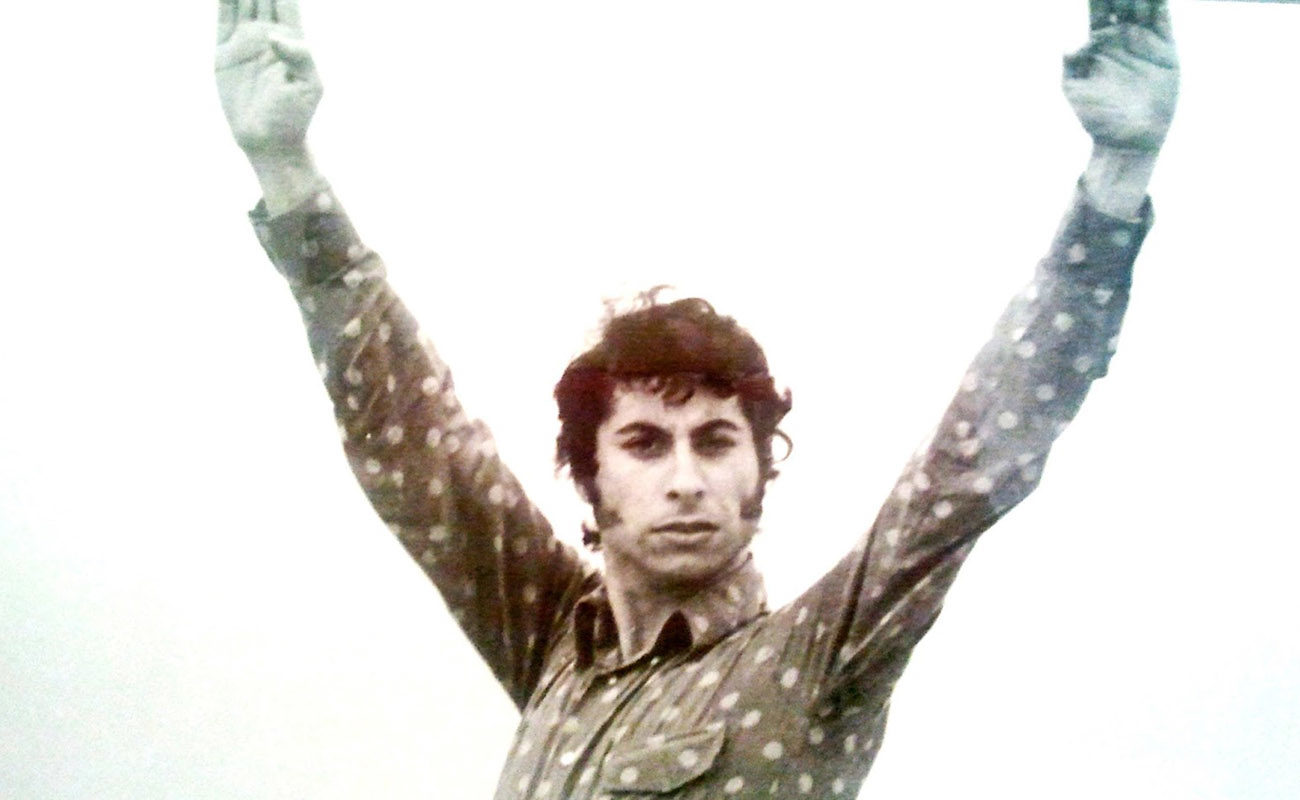Seven years without Mario Maya
Some artists are so great that they’re unmatched even after death, if death is even possible for such immortal geniuses as Mario Maya Fajardo, the gypsy who always dreamed of a flamenco world that was cultured, committed, free and visionary without ever forgetting the past.

Next Sunday, September 27th, will be the seventh anniversary of the death of the great bailaorand choreographer Mario Maya, possibly the best bailaorflamenco of all times, certainly the most complete, although, as always, I respect the opinions of others. It would be impossible to write here all about his long artistic career, because he was a professional for several decades, and he made so many different things in baile, and in flamenco in general, that a good book would be necessary. We were working on it when a quick illness took him away from us. We had long conversations about his artistic and personal life, gathering material from his own archives, and from the archives of others, aiming to write his memoirs. He was a gypsy bailaorborn in Córdoba, but raised in his beloved Granada, who overcame all adversities to become the number one in baileflamenco, ruling this genre for several decades, having his own and stable company, where many of today’s famous flamenco dancers started. As bailaorand choreographer, he was unparalleled. On the personal side, he was an interesting man, cultured, committed, who had an extraordinary sensibility. He was also a very critical artist, very demanding of himself and of others, always shunning bad taste and vulgarity. He was a leftist, but always very critical of government, regardless of the party in power, as shown by his long career, especially when he was elected by the government of Andalusia to create what became the Ballet Flamenco de Andalucia. He told me that this was not a good experience, because he found out about the Andalusian cultural policy backrooms, and he got bounced, but not before declaring to a major national newspaper, El Mundo, that “the Andalusian politicians were the new señoritos”. Which is about the same that Francisco Moreno Galván said in lyrics, popularized by José Menese: they were the same dogs, with the very same collars (“eran los mismos perros, con los mismitos, mismitos collares”). The experience wasn’t good, but the result is there for all to see: now we have with baileartists such as Rafaela Carrasco e Israel Galván, without forgetting his own daughter, Belén Maya, who were the best ones to come out of that experience. Mario was also a gypsy with grace, perhaps not always understood, because his grace was a refined and intelligent one, far from the prevailing vulgarity of those flamencos who get up every day only thinking of something funny to say at the neighbourhood tavern or at some radio or TV interview. Mario Maya hated those “flamenquitos”, as he called them, and he always bet on true talent and, above all, on the young artists who were willing to commit themselves to baile, to love it above all things and to have the necessary discipline for it. For all the above, I confess that he has been the bailaorthat I have most admired in these forty years that I have been immersed in flamenco, and I have known and dealt with them all, from Farruco to Manolete, passing by Rafael el Negro, El Güito or Antonio Gades, who was from another dimension. Not forgetting today’s artists such as Joaquín Cortés, Antonio Canales, Javier Barón or Farruquito. No one surpassed Mario in his heyday, and ever since he left us, no one has been able to fill his shoes. Some artists are so great that they’re unmatched even after death, if death is even possible for such immortal geniuses as Mario Maya Fajardo, the gypsy who always dreamed of a flamenco world that was cultured, committed, free and visionary without ever forgetting the past. It’s been seven years since he passed away and he still lives, because creators become eternal among the creases of their works.
*Rich upper-class gentlemen who paid to be entertained by flamenco artists without really knowing anything about flamenco.




